Unleashing the Power of Multi-Agent Systems with CrewAI
 Saurabh Naik
Saurabh Naik
Introduction
In today's fast-paced digital landscape, automation and efficiency are paramount. Enter CrewAI, a groundbreaking platform that simplifies the creation and management of multi-agent systems. CrewAI leverages the power of large language models (LLMs) to streamline complex tasks, allowing developers to build and deploy sophisticated AI agents with ease. This blog will explore the intricacies of CrewAI, from understanding what agents are to creating custom tools that enhance agent functionality. Whether you're a seasoned developer or just starting out, CrewAI offers the tools and framework to bring your AI projects to life.
What are Agents?
Consider you are working with ChatGPT to perform a task. To get the best output, you may have to prompt multiple instructions to the model, which can be time-consuming. Instead, you can use agents to perform this and reduce your time consumption. By enabling LLMs to engage in their inner thinking process, agents can deliver more efficient and effective results.
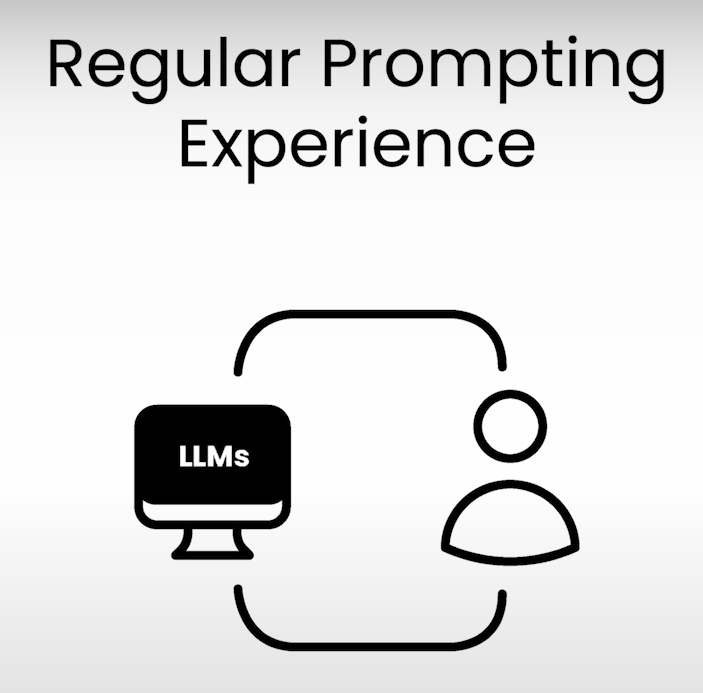
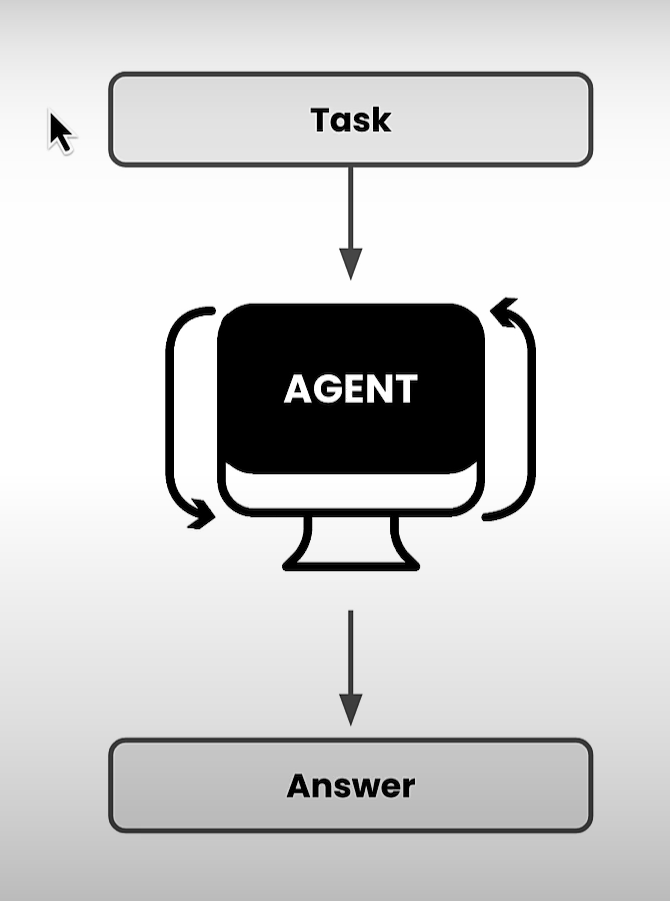
Why CrewAI?
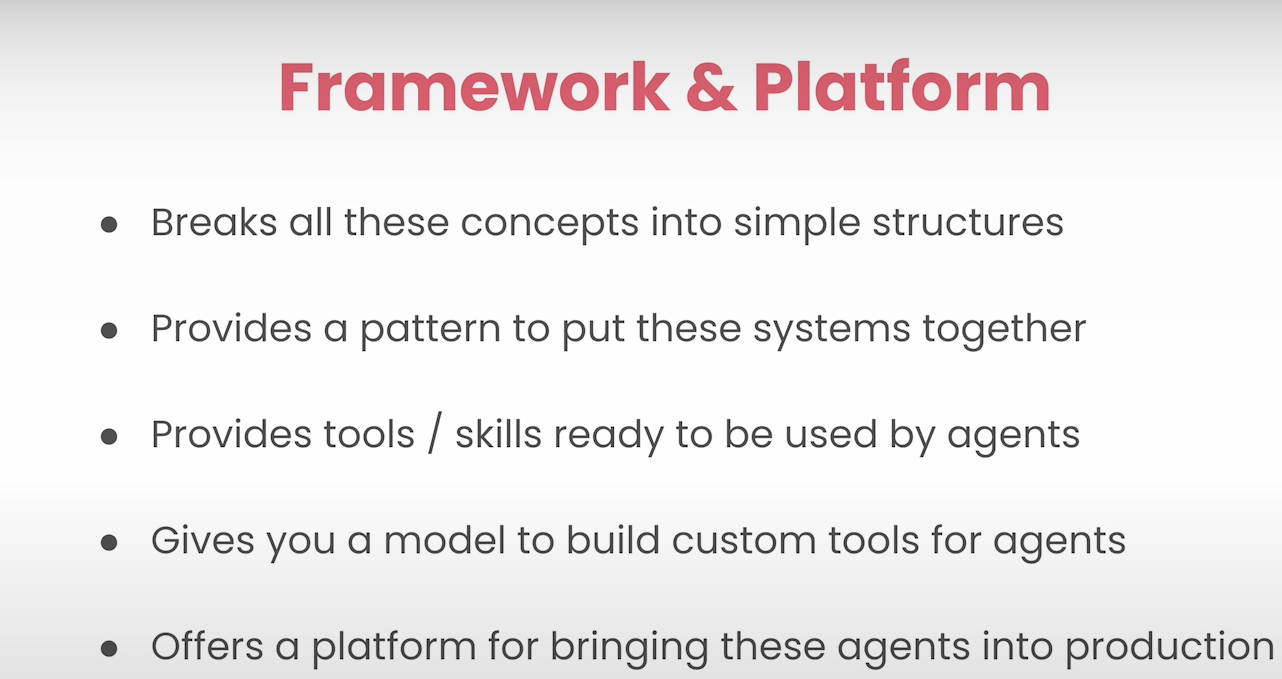
Breaks all the concepts into a simple structure:
CrewAI simplifies the complexity of multi-agent systems.
It is open-source and free:
Accessibility is a key advantage.
Provides a pattern to put complex systems in place:
Structured frameworks facilitate better management.
Provides multiple tools to help agents:
Versatile tools enhance agent capabilities.
Gives a model to build custom tools and agents:
Flexibility in creating tailored solutions.
Offers a platform to productionize these agents:
Seamless transition from development to deployment.
How to Create Agents:
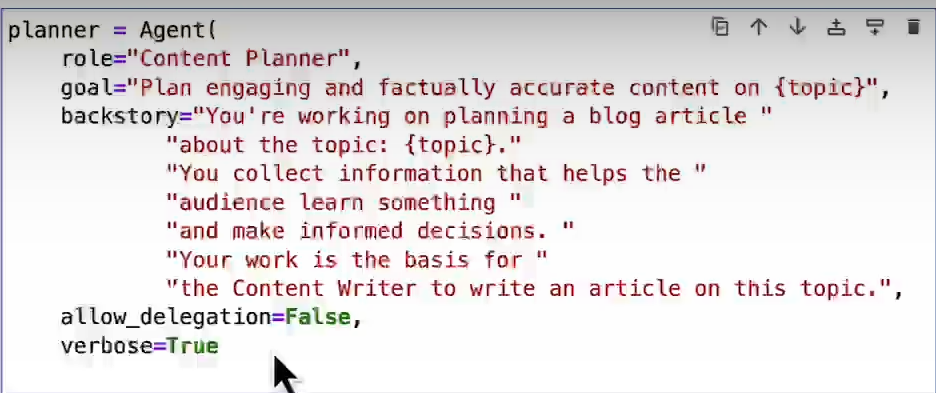
Use the Agent class to initiate the agent. Pass the role to the agent and then assign the goal. Assigning a backstory provides better context to the agent. Different parameters like allow_delegation and verbose can be set up to customize agent behavior.
How to Create Tasks for the Agents
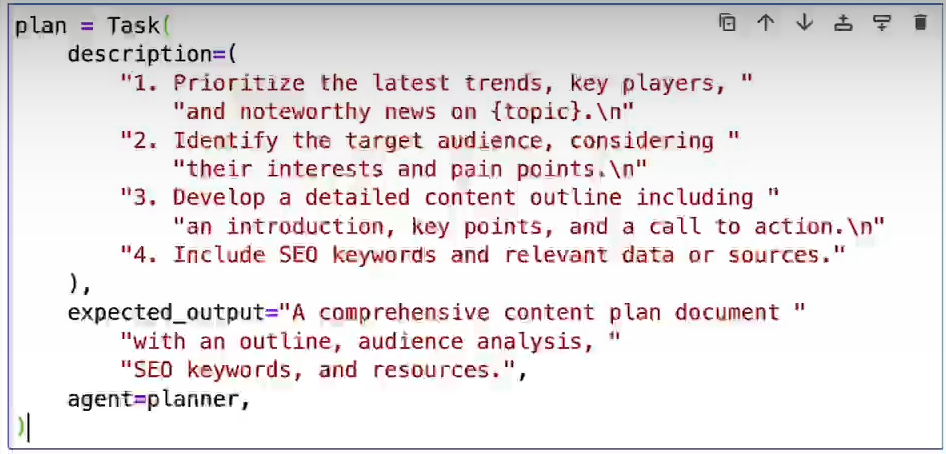
Tasks can be created using the Task class. This class expects three parameters:
Description:
Detailed information about the task to be performed and how the agent should do it.
Expected Output:
Description of the expected result at the end.
Agent:
Assign which agent should perform this task.
How to Create Crew:

Crew can be created using the Crew class, which expects three parameters:
Agents:
List of agents.
Tasks:
List of created tasks, executed sequentially as provided.
Verbose:
Set to manage output verbosity.
Steps to Create a Simple Multi-Agent System Using CrewAI:
Do important imports.

Set up LLM.

Create three different Agents: Content Planner, Writer Agent, Editor Agent.


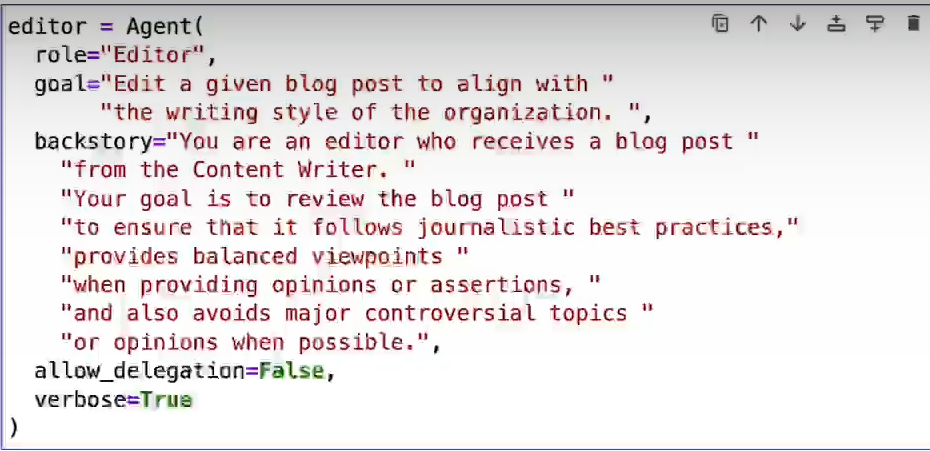
Create three different Tasks: Plan Task, Write Task, Edit Task.
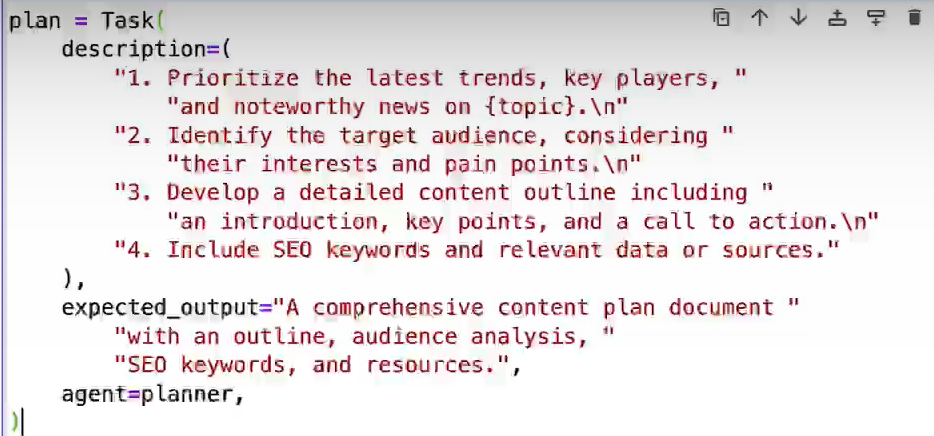
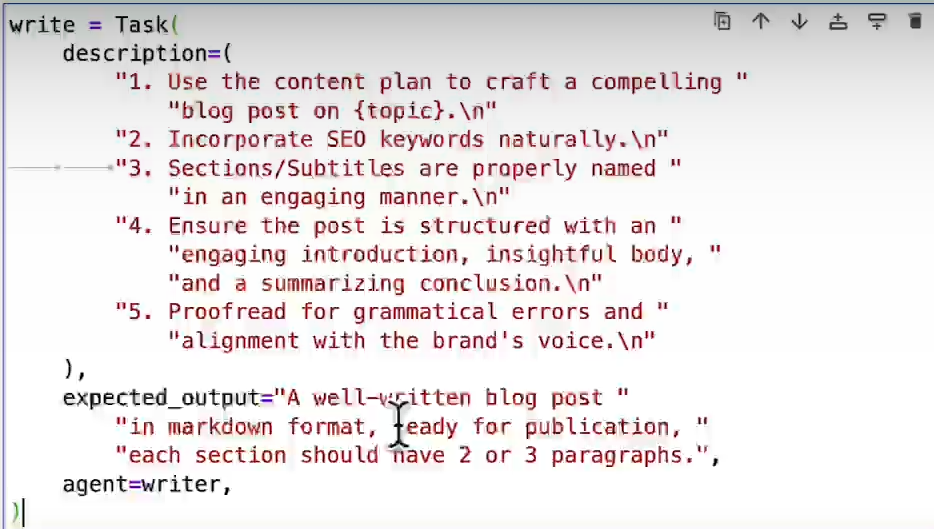

Create a crew by passing in the agents, tasks, and verbose.

Kickoff the multi-agent system by passing in a dictionary that takes all interpolated variables inside the
kickoffmethod of the crew object.
How Can Tools Be Used:
Tools can be assigned on the agent level or task level. This means an agent can use the tool for performing any task, or the tool can be used specifically while performing a particular task.
What Makes a Great Tool:
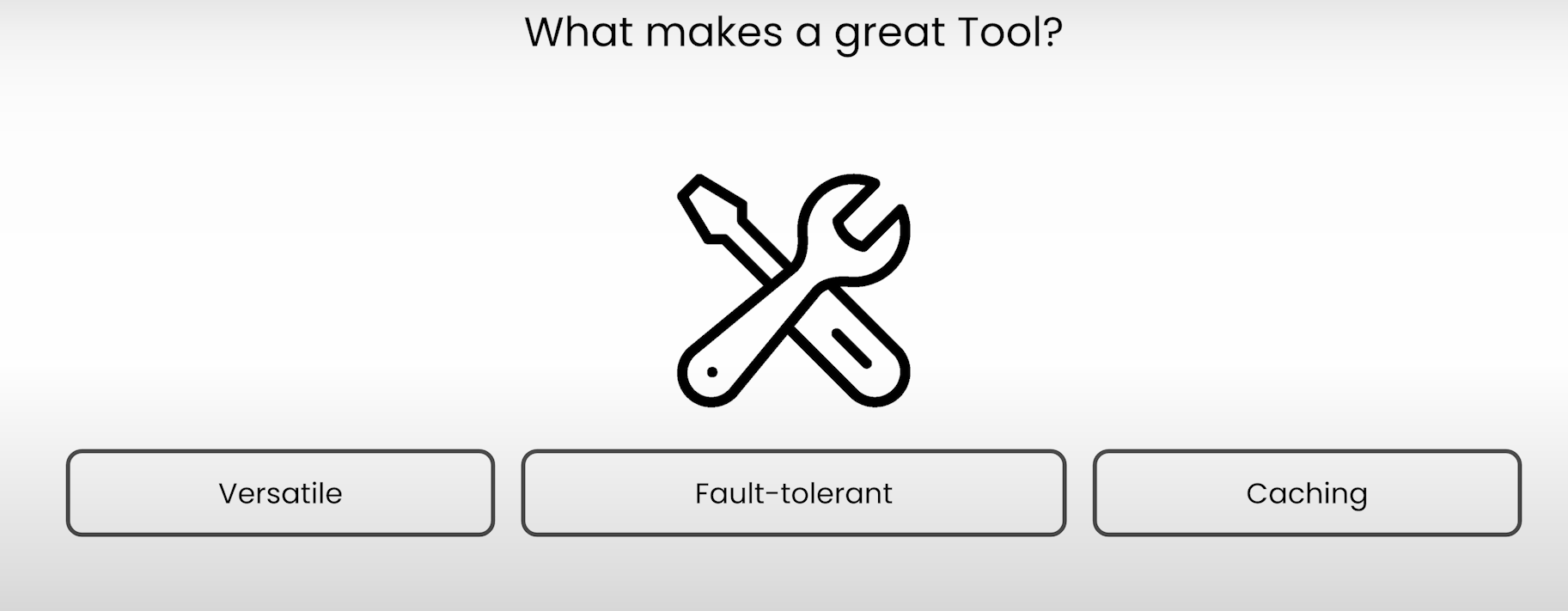
Fault-tolerant:
Procedures for failing gracefully if there is an issue with the agent.
Versatile:
Ability to accept various types of inputs.
Caching:
Limits unnecessary requests to API calls and speeds up execution time by adding a caching layer.
How to Create Custom Tool:
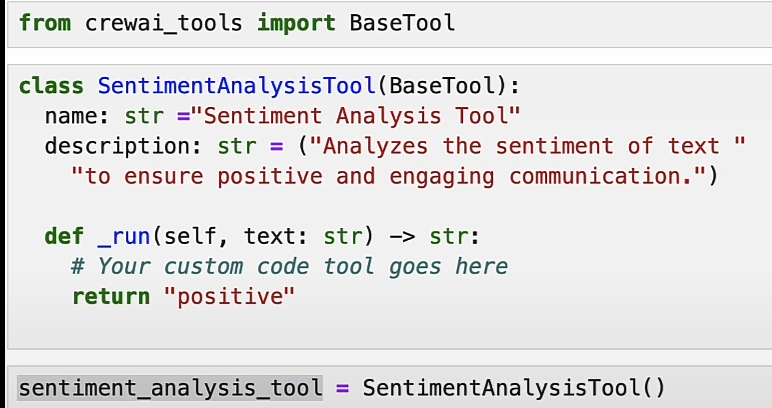
Import
BaseTool.Create a class by passing in
BaseTool.Set the name and description of the tool.
Create a
_runfunction inside this class to hold the tool's logic.Use this custom tool by instantiating the class.
Conclusion:
CrewAI is revolutionizing the way we build and manage multi-agent systems. By breaking down complex tasks into manageable components and providing a robust framework for creating and deploying agents, CrewAI empowers developers to harness the full potential of AI. Whether you're streamlining workflows or tackling sophisticated problems, CrewAI provides the tools and structure to achieve your goals efficiently and effectively. Dive into CrewAI and unlock new possibilities for your AI projects today.
Subscribe to my newsletter
Read articles from Saurabh Naik directly inside your inbox. Subscribe to the newsletter, and don't miss out.
Written by

Saurabh Naik
Saurabh Naik
🚀 Passionate Data Enthusiast and Problem Solver 🤖 🎓 Education: Bachelor's in Engineering (Information Technology), Vidyalankar Institute of Technology, Mumbai (2021) 👨💻 Professional Experience: Over 2 years in startups and MNCs, honing skills in Data Science, Data Engineering, and problem-solving. Worked with cutting-edge technologies and libraries: Keras, PyTorch, sci-kit learn, DVC, MLflow, OpenAI, Hugging Face, Tensorflow. Proficient in SQL and NoSQL databases: MySQL, Postgres, Cassandra. 📈 Skills Highlights: Data Science: Statistics, Machine Learning, Deep Learning, NLP, Generative AI, Data Analysis, MLOps. Tools & Technologies: Python (modular coding), Git & GitHub, Data Pipelining & Analysis, AWS (Lambda, SQS, Sagemaker, CodePipeline, EC2, ECR, API Gateway), Apache Airflow. Flask, Django and streamlit web frameworks for python. Soft Skills: Critical Thinking, Analytical Problem-solving, Communication, English Proficiency. 💡 Initiatives: Passionate about community engagement; sharing knowledge through accessible technical blogs and linkedin posts. Completed Data Scientist internships at WebEmps and iNeuron Intelligence Pvt Ltd and Ungray Pvt Ltd. successfully. 🌏 Next Chapter: Pursuing a career in Data Science, with a keen interest in broadening horizons through international opportunities. Currently relocating to Australia, eligible for relevant work visas & residence, working with a licensed immigration adviser and actively exploring new opportunities & interviews. 🔗 Let's Connect! Open to collaborations, discussions, and the exciting challenges that data-driven opportunities bring. Reach out for a conversation on Data Science, technology, or potential collaborations! Email: naiksaurabhd@gmail.com